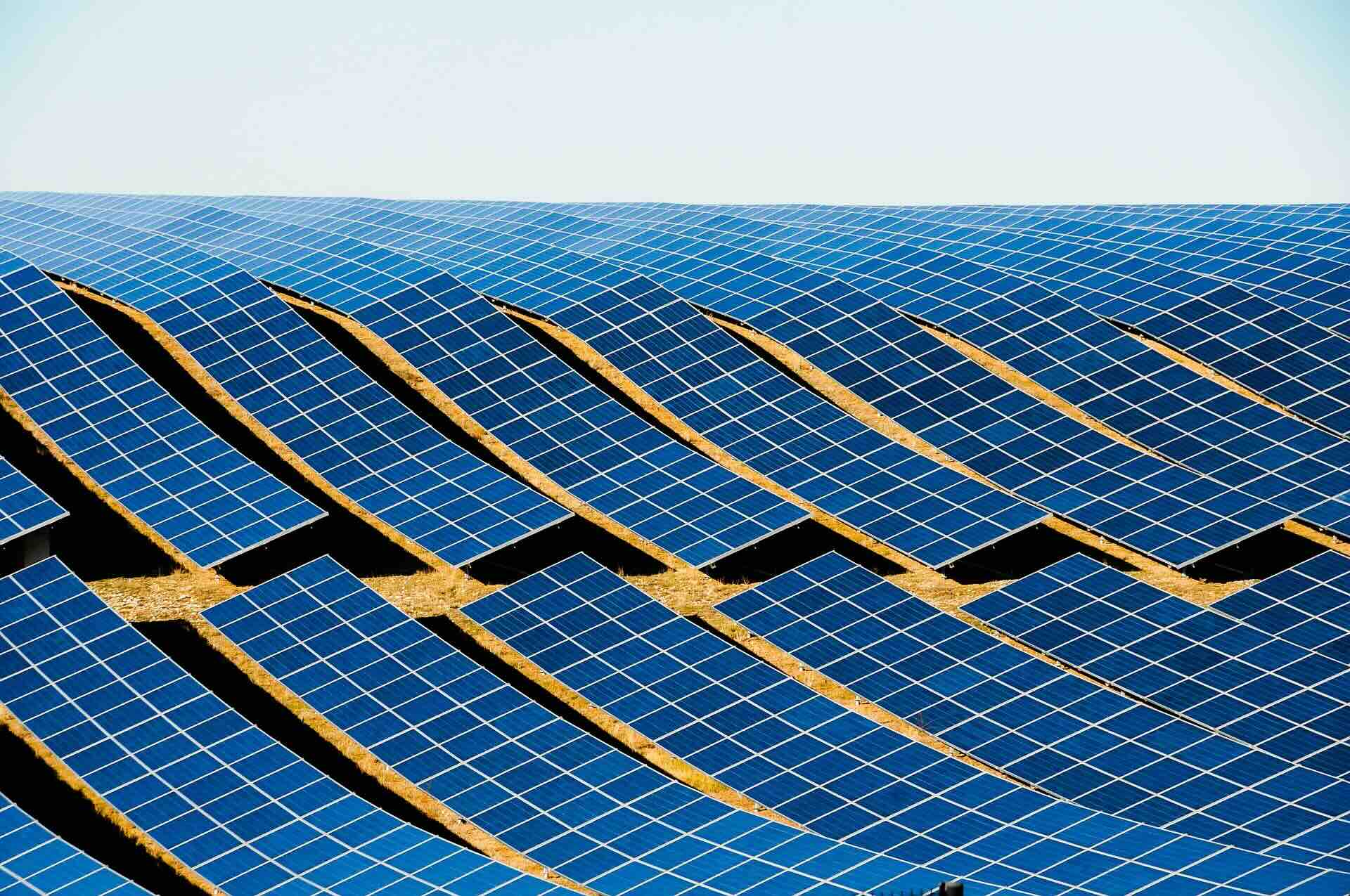
Thin-film solar cells are changing the way we think about renewable energy. These innovative cells are not only lightweight but also flexible, making them perfect for a variety of applications. Unlike traditional solar panels, thin-film cells can be integrated into building materials, gadgets, and even clothing. But what exactly makes thin-film solar cells so special? They use less material, which means they can be produced at a lower cost. Plus, they perform better in low-light conditions. Curious about how they work and their benefits? Keep reading to uncover 26 fascinating facts about these game-changing solar cells.
What Are Thin-film Solar Cells?
Thin-film solar cells are a type of photovoltaic technology that converts sunlight into electricity. Unlike traditional silicon-based solar panels, thin-film cells are made by depositing one or more layers of photovoltaic material onto a substrate. This technology offers unique advantages and some challenges.
- Thin-film solar cells are typically lighter and more flexible than traditional silicon panels.
- They can be made from various materials, including cadmium telluride (CdTe), amorphous silicon (a-Si), and copper indium gallium selenide (CIGS).
- These cells can be manufactured using less material, making them potentially cheaper to produce.
- Thin-film technology allows for the creation of semi-transparent solar panels, which can be integrated into windows and building facades.
- They are less efficient than traditional silicon panels, with efficiencies typically ranging from 10% to 12%.
How Do Thin-film Solar Cells Work?
Understanding the working mechanism of thin-film solar cells can help appreciate their potential and limitations. These cells operate on the same basic principles as other photovoltaic technologies but have unique characteristics.
- Photovoltaic materials in thin-film cells absorb sunlight and generate electron-hole pairs.
- An electric field within the cell separates these pairs, creating a flow of electricity.
- The thin layers of photovoltaic material can be deposited on various substrates, including glass, plastic, and metal.
- These cells can be produced using techniques like chemical vapor deposition, sputtering, and electroplating.
- The thin layers allow for flexibility, enabling the creation of bendable and lightweight solar panels.
Advantages of Thin-film Solar Cells
Thin-film solar cells offer several benefits that make them an attractive option for various applications. These advantages stem from their unique construction and material properties.
- They are more flexible and lightweight, making them easier to install on unconventional surfaces.
- Thin-film cells perform better in low-light conditions compared to traditional silicon panels.
- They have a lower temperature coefficient, meaning they lose less efficiency at higher temperatures.
- The manufacturing process can be less energy-intensive, reducing the overall carbon footprint.
- They can be integrated into building materials, offering aesthetic and functional benefits.
Challenges Facing Thin-film Solar Cells
Despite their advantages, thin-film solar cells face several challenges that limit their widespread adoption. These challenges are related to efficiency, cost, and material availability.
- Thin-film cells generally have lower efficiencies compared to traditional silicon panels.
- Some materials used, like cadmium, are toxic and pose environmental and health risks.
- The production process can be complex and require specialized equipment.
- Limited availability of certain materials, such as indium and tellurium, can drive up costs.
- Durability and long-term performance can be issues, especially in harsh environmental conditions.
Applications of Thin-film Solar Cells
Thin-film solar cells are versatile and can be used in various applications, from small gadgets to large-scale installations. Their unique properties make them suitable for specific use cases where traditional panels might not be ideal.
- They are used in portable solar chargers for electronic devices.
- Thin-film cells are integrated into building materials like solar shingles and windows.
- They are employed in off-grid solar systems for remote locations.
- These cells are used in space applications due to their lightweight and flexible nature.
- They can be applied to vehicles, providing a renewable energy source for electric cars and other transport modes.
Future of Thin-film Solar Cells
The future of thin-film solar cells looks promising, with ongoing research and development aimed at overcoming current limitations. Innovations in materials and manufacturing processes could lead to more efficient and cost-effective solutions.
- Researchers are exploring new materials like perovskites to improve efficiency and reduce costs.
The Bright Future of Thin-Film Solar Cells
Thin-film solar cells are changing the game in renewable energy. They’re lightweight, flexible, and can be used in places traditional solar panels can’t. From powering satellites to integrating into building materials, the possibilities are endless. They’re also more environmentally friendly, using less material and energy to produce.
As technology advances, efficiency and affordability will only improve. This means more people can access clean energy, reducing our reliance on fossil fuels. Thin-film solar cells are paving the way for a greener future.
Investing in this technology not only benefits the planet but also offers economic opportunities. Jobs in manufacturing, installation, and maintenance are on the rise.
So, whether you’re an eco-warrior or just looking to save on energy bills, thin-film solar cells are worth considering. They represent a bright, sustainable future for everyone.
Was this page helpful?
Our commitment to delivering trustworthy and engaging content is at the heart of what we do. Each fact on our site is contributed by real users like you, bringing a wealth of diverse insights and information. To ensure the highest standards of accuracy and reliability, our dedicated editors meticulously review each submission. This process guarantees that the facts we share are not only fascinating but also credible. Trust in our commitment to quality and authenticity as you explore and learn with us.
